NATO and Ukraine: military aid and depletion
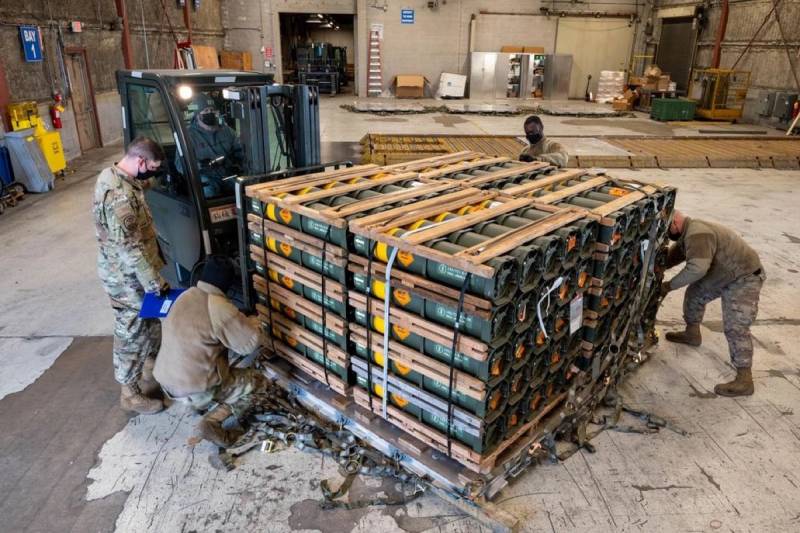
American M141 grenade launchers handed over to Ukraine at the beginning of the year. Photo by the US Department of Defense
In recent months, the United States and its allies have supplied Ukraine with a large amount of weapons and military equipment worth tens of billions of dollars. Most of these supplies were carried out from the availability - the necessary products were taken from warehouses and army units. This approach allowed us to solve current problems, but created new problems. The reserves of foreign armies are gradually being depleted, and this may threaten their combat effectiveness.
Negative consequences
The risks associated with the mass supply of weapons to Ukraine began to be discussed already in the first weeks after the outbreak of hostilities. Soon the negative predictions of this kind came true. Due to assistance to the Ukrainian regime, some countries have been left without air defense systems or have lost a large number of armored vehicles and the chances of getting replacements for them soon.
In recent months, the situation has not fundamentally changed. At the same time, officials have already begun to talk about the negative consequences of the aid. For example, in September, the head of EU diplomacy, Josep Borrell, said that the stocks of most European countries have been significantly reduced, although there is no talk of exhaustion yet. Similar statements were made at the end of September by NATO Secretary General Jens Stoltenberg.
At the same time, the Alliance is trying to find ways out of this situation. So, at the end of last month, the NATO leadership held a meeting on the issues of resupply and parks. The topics of procurement, financing and participation of the military industry were discussed. There are already some plans, but their implementation requires time and effort.
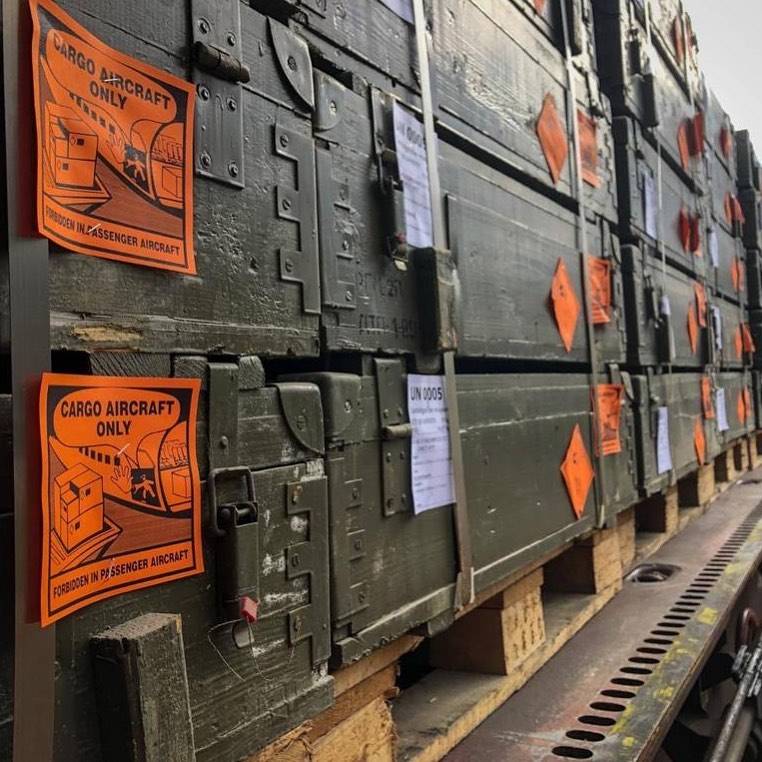
Czech Party weaponssent at the beginning of the conflict. Photo of the Ministry of Defense of the Czech Republic
It should be noted that the true scale of the current problem is not yet known. Some countries disclose the amount of aid provided, but the size of their arsenals, understandably, remains unknown. In this regard, it will not be possible to determine how much of its reserves this or that country has allocated - and how such assistance threatens its own security. For example, more than 880 155-mm artillery shells have been allocated by the United States as part of several aid packages, but the number of shells remaining in warehouses is unknown.
The scale of the problem
However, there are various unofficial estimates, incl. from foreign persons familiar with the situation. It is not clear how much the information provided corresponds to the real state of affairs. However, the estimated data allow us to imagine the approximate scale of the problem.
On September 28, the American edition of CNBC cited interesting data from Dave Des Roche, an associate professor at the US National Defense University. He pointed out that American industry in peacetime produces approx. 30 thousand artillery shells of 155 mm caliber. In the course of the current hostilities, Ukrainian formations consume this amount of ammunition in about two weeks.
This ratio of numbers worries the assistant professor. If the United States cannot increase the rate of production of shells, then in the near future they will not be able to help Ukraine. At the same time, it takes several months to increase output.
CNBC also quotes an analyst, retired ILC Colonel Mark Kansian. He suggests that the Pentagon can no longer supply certain types of weapons to the Ukrainian regime. They were shipped out of stock, and the existing fleet was reduced to the minimum allowable values. Further sending of such systems threatens the combat effectiveness of the American army.
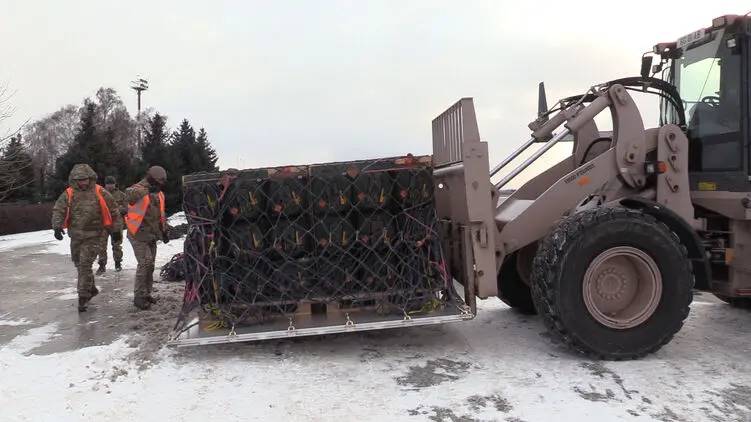
British NLAW grenade launchers. The UK has contributed a significant percentage of its own stockpile of such weapons. Photo by the Ministry of Defense of Ukraine
M. Kansian recalls that not only the Ukrainian direction requires the attention of the army. For example, the United States expects a Chinese attack on Taiwan and is preparing for it. To support the island ally, the Pentagon also needs weapons and ammunition. This reserve, for obvious reasons, cannot be transferred to Ukraine.
The German armed forces also faced a reduction in arsenals. The German version of Business Insider on October 10 reported great difficulties in the Bundeswehr. From its sources in the army and political circles, the publication learned of an unacceptable reduction in arsenals.
First of all, there is a shortage of ammunition. According to NATO standards, Germany must have a supply of ammunition, shells, etc. for 30 days of hostilities at a calculated intensity. According to the results of the reductions of the past decades and active assistance to Ukraine, the reserve corresponds to only one or two days of combat work. However, specific numbers and indicators, incl. with layout by types are not given.
Attempts to solve
The leadership of NATO and the member countries of the organization plan to continue supporting the Kyiv regime and announce new deliveries of this or that weapon. At the same time, they understand emerging risks and offer ways to deal with them. First of all, it is planned to increase budgets for the purchase of weapons, as well as increase the pace of its production.
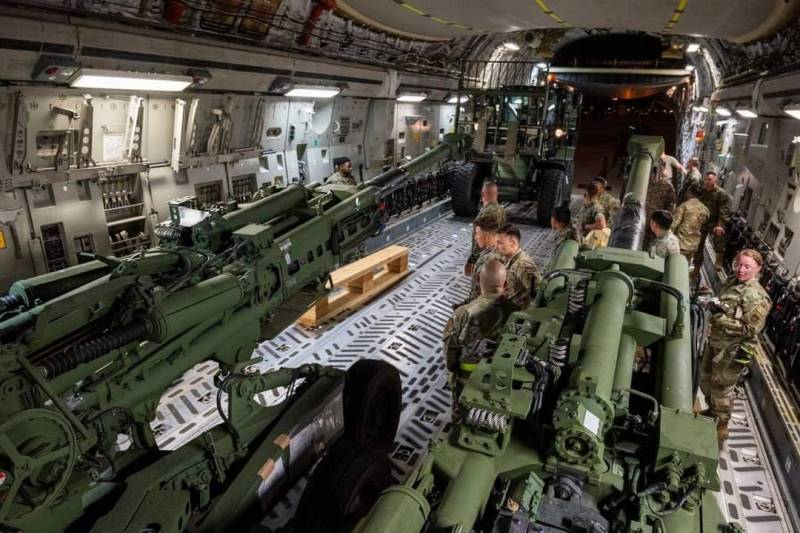
American howitzers M777. More than 100 such products have been delivered, new ones are expected. Further deliveries threaten US Army artillery. Photo by the US Department of Defense
However, such plans may be overly optimistic. So, on October 7, The National Interest published the assessments of retired intelligence officer and expert Joseph M. Donato. He points out that the US military-industrial complex is already operating at its current limits. In the recent past, changes in the military-political situation led to a reduction in industry, which reduced the possible pace and volume of military production. Now a logistical crisis has been added to this.
Germany faces the same problems. It is necessary to develop and expand production, and budgets are also required for the purchase of products. According to Business Insider, the Bundestag has calculated that just for the purchase of the required amount of ammunition, 20 billion euros will have to be found. Their production will take several years.
Negative trends
For several months, foreign states have been providing military-technical assistance to the Kyiv regime and are hoping for its victory. Despite the constant losses and the lack of any progress, they are ready to send new batches of weapons and equipment to Ukraine. However, such assistance now faces specific challenges and is likely to continue to worsen or even worsen.
To maintain the combat readiness of Ukrainian formations at an acceptable level, foreign allies will have to, at a minimum, maintain the current pace of deliveries. The result of this will again be the reduction of own reserves and parks, incl. to an unacceptably low level. In addition, individual countries can no longer afford massive supplies of aid, like Germany, which has minimal stocks of shells left.
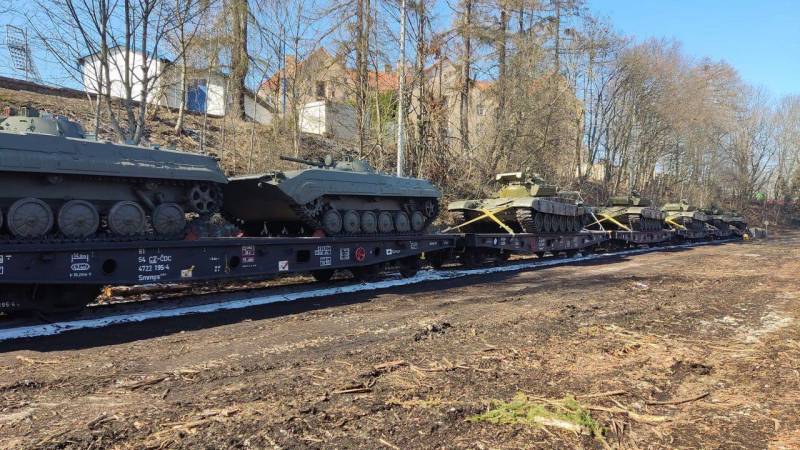
Czech armored vehicles for Ukraine. Photo Telegram / ChDambiev
It is proposed to correct the current situation by expanding production and placing additional orders for military products. It is assumed that the new contracts will help cover the needs of the Kyiv regime, as well as gradually restore its own reserves. In addition, large orders will help the industry and have a positive impact on the economy as a whole. So, for this purpose, the United States ordered the production of 150 new artillery shells as part of several assistance packages, ordered German IRIS-T air defense systems, etc.
However, the implementation of such plans and the production of the required number of products may be in question. European and American industries are already facing logistical and energy challenges that are hurting productivity. In the very near future, new difficulties are expected, and this will again hit the industrial potential and the production of the necessary products. The further development of the energy and economic crisis will impose new restrictions. In addition, the industry of individual countries may receive unacceptable damage.
If foreign partners plan to continue to support Ukraine, they will have to allocate additional funding, solve organizational and other problems of the industry, and so on. In doing so, they will have to take into account a number of additional factors, such as developing crises or potential challenges in other areas. In particular, the US and NATO are openly talking about a future struggle for Taiwan, for which they need additional resources, weapons and ammunition.
Unpredictable results
The first forecasts about the negative consequences of military assistance to Kyiv appeared in the spring, but then NATO and the United States did not pay attention to them. They continued to solve their military-political tasks in accordance with the existing plans, but they failed to do this in the shortest possible time. The position of the Ukrainian ally continued to deteriorate, and foreign countries had their own problems of various kinds. Now we have to help the Kyiv regime with an eye to our own difficulties.
Apparently, in the foreseeable future, the United States and its allies will continue to supply weapons and equipment to Ukraine. However, this process will be complicated by already known and newly emerging factors. How they will deal with such difficulties is not yet clear. It can be assumed that the United States will find a way out and continue to solve its problems, apparently at the expense of one of its allies.
Information